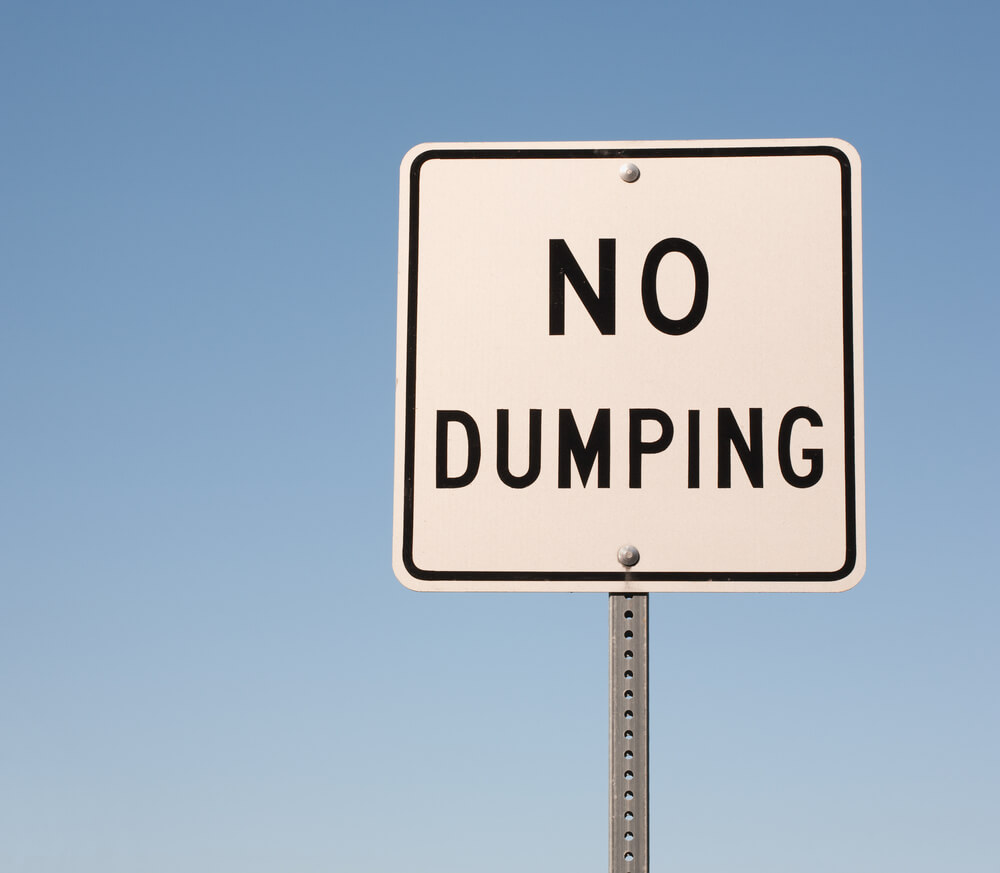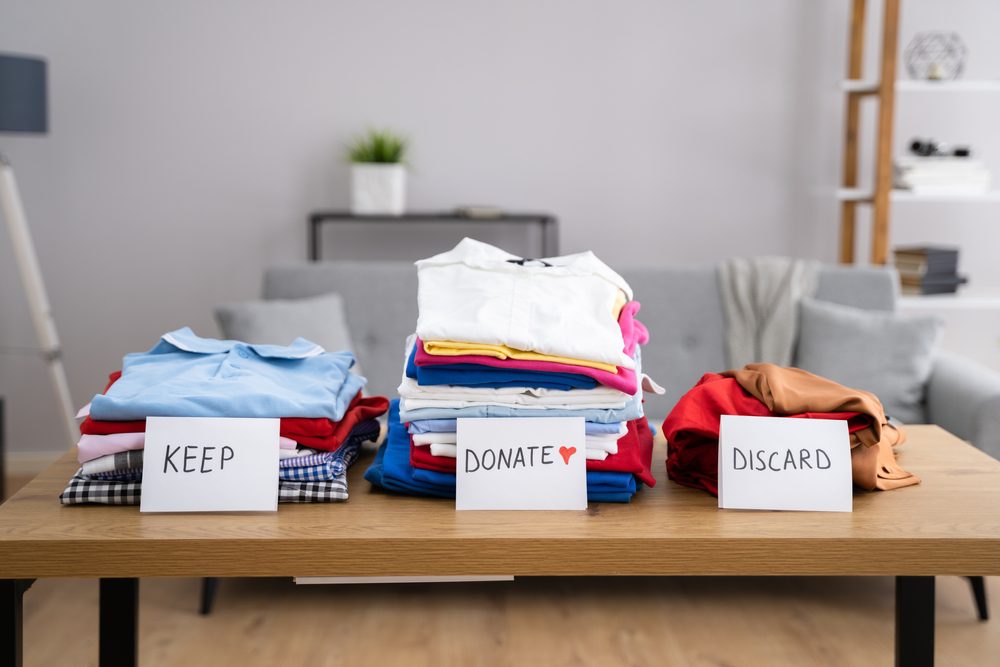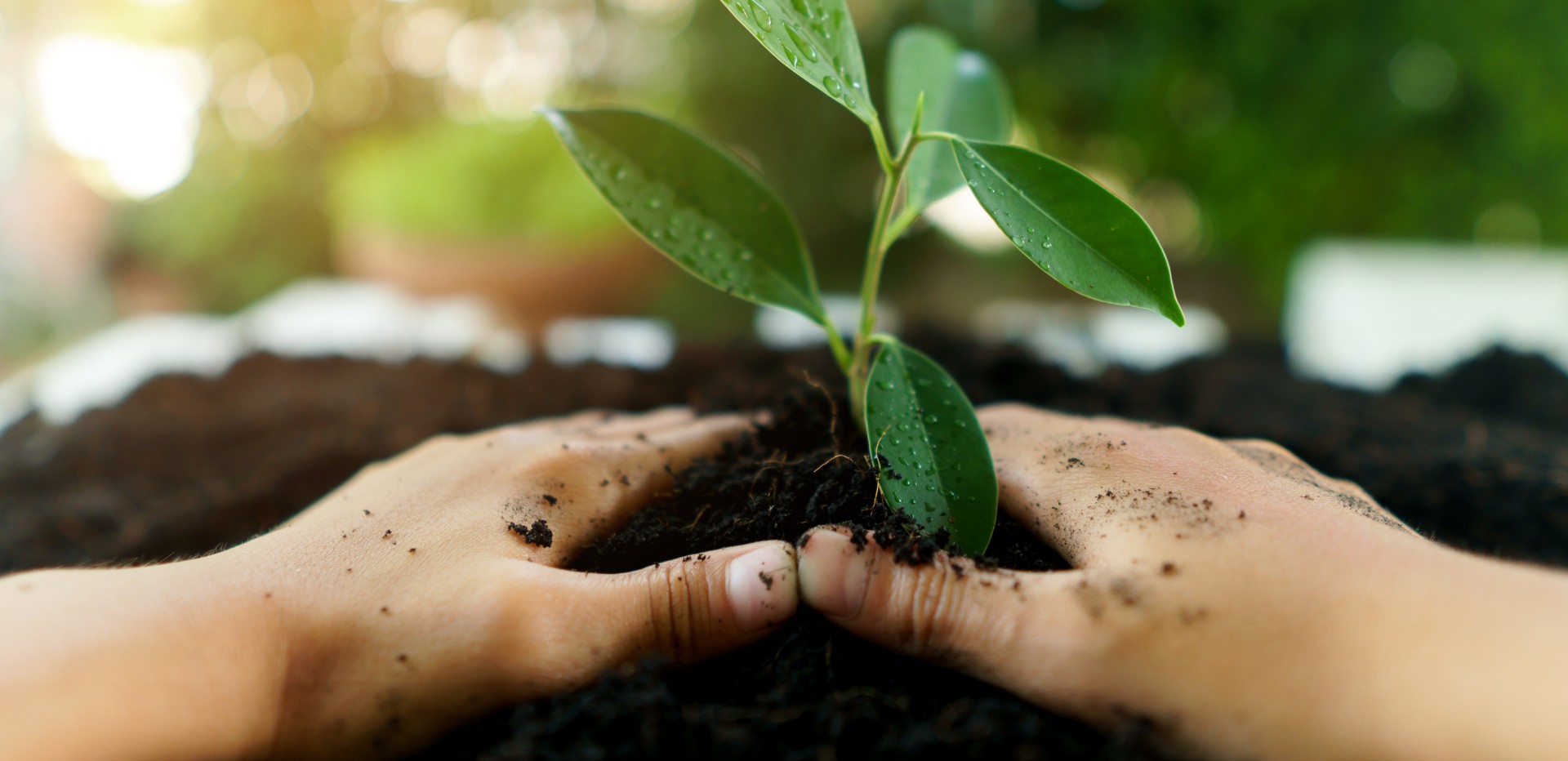Moving is an often tiring chore. And after a move, you’ll likely find your new home is filled with not just your furniture and belongings, but with boxes and packing paper. You might even find yourself still hanging on to some old furniture that has not quite made it out of our possession.
What do you do with the excess? Here are some tips for disposing of and recycling common items after your move:
How do I get rid of unwanted bulky furniture?
After moving, you may find that you have bulkier furniture items or appliances that you do not want to keep. This could be due to downsizing, upgrading, or have larger items that are no longer a fit for your new space. Perhaps you have old furniture hanging out in your attic or storage shed that needs to be cleared away.
Here are a couple of ideas on how to get rid of unwanted furniture and appliances:
- If you’re replacing a piece of furniture or appliance, find out if you can get your old furniture hauled away.
In some cases, when you’re buying furniture, the company you purchased from can also haul away your existing furniture. This is especially true of household appliances such as refrigerators, stoves, laundry machines, etc. Some mattress companies will also haul away your old mattress when you purchase a new one from their stores.
Contact your furniture company to see if hauling away old furniture is a service that they offer or to find out if there is a fee associated with haul away services.
- List your furniture and appliances online.
Listing your furniture on sites like Craigslist or on local Facebook groups is a sure way to get unwanted items off your hands. In this way, you can get rid of some of your items and get some cash for it at the same time.
If you’re less concerned about money and more so about getting rid of your furniture, listing them as free on these marketplace sites may be a faster way of unloading unwanted furniture.
- Donate your items.
If you live in a larger metropolitan area, thrift shops likely will take your used furniture. Goodwill and the Salvation Army regularly take unwanted furniture items as forms of donations. Additionally, these thrift store companies will even pick up these items for you depending on the condition.
Contact your thrift shop for scheduling and specific instructions. If you live on a higher floor in an apartment complex, find out if they have additional instructions for getting furniture downstairs. Some thrift companies will ask you to take your furniture to the first floor or some may not even have pick-up available for residences on the second floor or above.
- Work with disposal companies to haul away your unwanted bulk items.
If all else fails, disposal companies in your area may offer residential bulk item collection services. Many disposal companies either have a designated day for bulk trash pickup or you can schedule this service in advance. Find out if your disposal company has special provisions or limitations in terms of what types of items they will pick up. Many disposal companies, for example, will not pick up items with hazardous materials, such as freon, liquid materials, heating elements or dangerous electronic features (such as the components of a CRT television).
Keep in mind that these services may come at an additional cost to you as many disposal companies charge a pickup fee when they haul away bulky furniture.
Which packing supplies can I recycle?
When you move, you are likely going to be using moving boxes, packing paper, or bubble wrap. Here are some tips on how to recycle commonly-used moving supplies:
- Moving boxes
Many people have opted to find new homes for their cardboard boxes after they’ve finished using them. Find friends or coworkers who are moving soon and need moving boxes. Another option is to list these moving boxes on online marketplaces and hand them off to people who will use it.
On the other hand, to recycle moving boxes, most disposal companies ask that you flatten your boxes before dropping them off in the recycling receptacle. Packaging tape and labels can be left on the box as they will be removed during processing. However, make sure that the box no longer contains other packaging materials such as bubble wrap or styrofoam packing peanuts.
Additionally, ensure that your boxes can still be recycled. Boxes that are too dirty or even boxes that are too wet may not be recyclable – but they may be suitable for green waste disposal. Check with your local recycling facility on specific criteria on recycling or composting cardboard.
- Packing paper
Simple brown or white packing paper that isn’t glossy, laminated, or glitter-decorated are good candidates for recycling. Recycling these are as easy as placing them into your recycling bins or taking them by bulk to your recycling facility.
- Bubble wrap
Bubble wrap and air pillows used to pad items in boxes can be recycled but cannot be placed in your regular recycling container. Curbside recycling programs usually take hard plastics such as milk jugs and water bottles. Bubble wrap should be bundled with unused plastic shopping bags and taken to plastic bag collection points found at the front of many grocery stores or pharmacies.
-
- Packing peanuts
There are two types of packing peanuts: pink/white and green packing peanuts. White or pink packing peanuts are what we typically see when we order fragile items. This type of packing peanuts are manufactured mostly with non-recycled materials, will not break down, and cannot be recycled.
Green packing peanuts, however, are made with 70 percent recycled materials and therefore can be broken down. Check with your local provider to see if those green packing peanuts in your compost bin.
- Packing peanuts
What are some green, alternative ways to use or get rid of trash?
In some cases, your packing materials can be reused or repurposed around your home. For example, if you’re looking for a way to jump-start your new garden, green packing peanuts, cardboard, and other paper moving supplies can make great compost material.
Moving boxes can also be reused for storage around the house. Store holiday decorations, photo albums, children’s toys, or winter weather clothes in these boxes to save some money and reuse your moving supplies. Consider using your moving boxes for shipping as well. Whether it’s a care package or a present to be wrapped for the holidays, using your cardboard boxes is a great way to save some money and reuse items you already own.
For more information on how you can recycle or properly dispose of some of your household items from your move, try out the TDS Waste Wizard!



